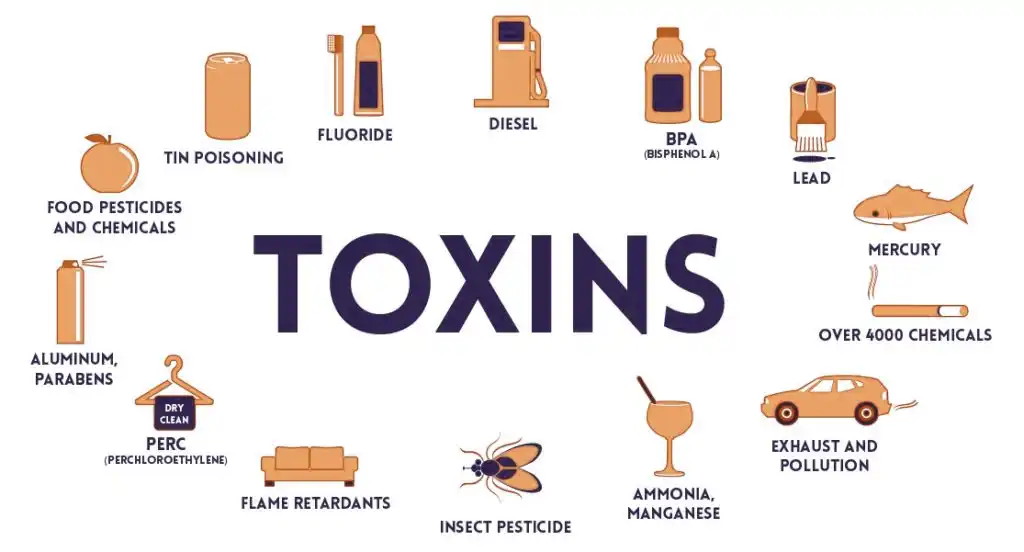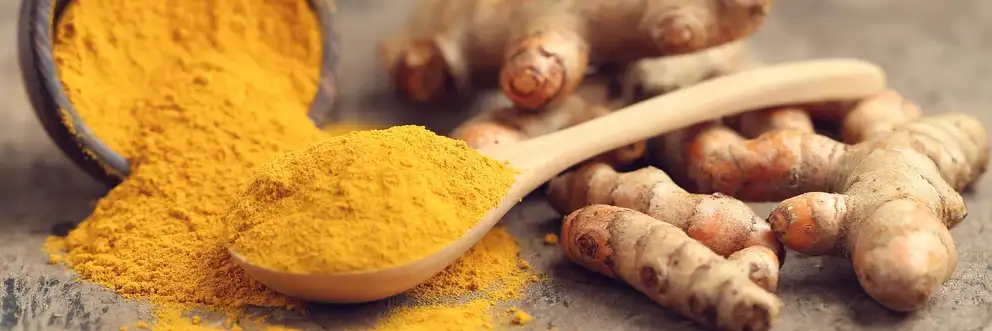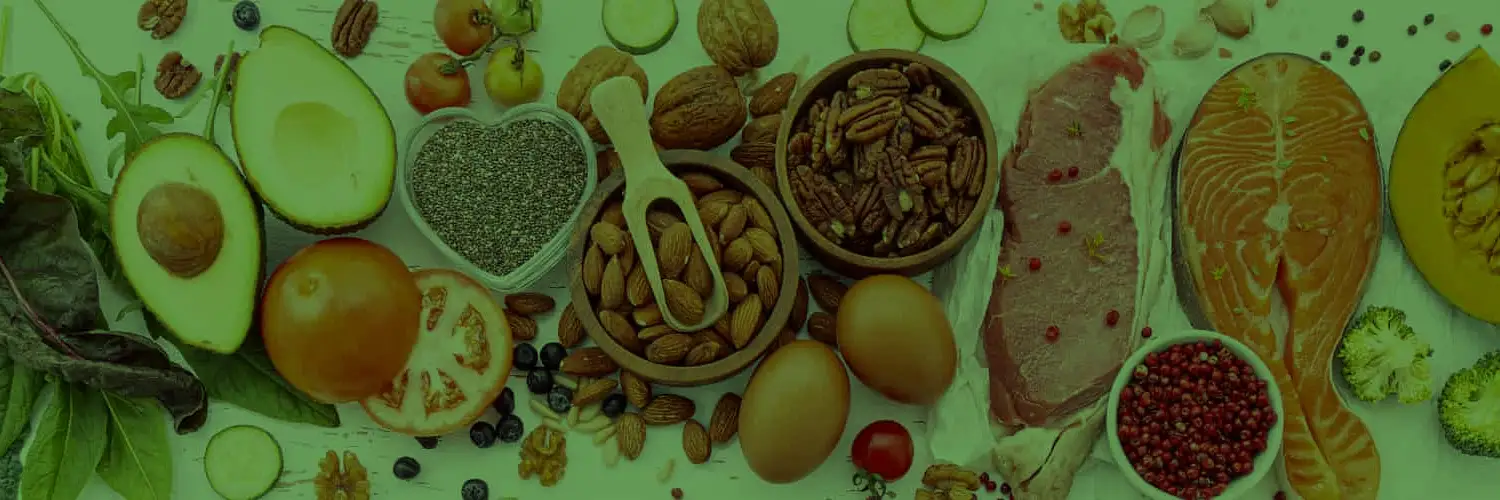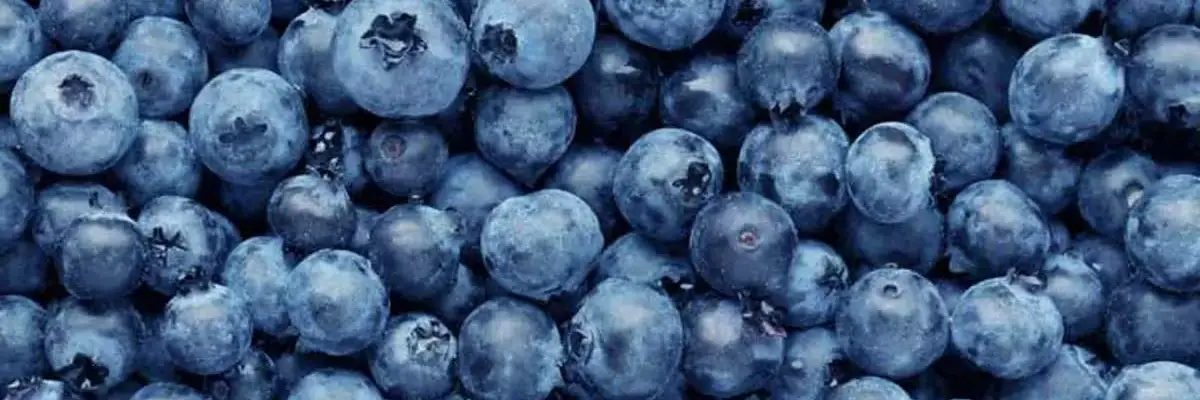Support Your Liver for Optimal Health
The liver is one of the body’s most vital organs, performing over 500 functions daily. It processes nutrients, detoxifies harmful substances, produces bile for digestion, and stores vitamins (A, D, E, K, and B12) and minerals (iron and copper). To maintain optimal health, understanding and supporting liver function is essential.
Daily Housekeeping
Detoxification is not a one-time event but a continuous, everyday process, much like housekeeping. Just as a house needs regular cleaning to stay tidy and functional, our bodies require ongoing detoxification to maintain health.
What is Detoxification?
Detoxification is the process by which the liver converts harmful substances into less toxic forms that can be excreted from the body. This can be likened to a sophisticated filtration system, where the liver acts as the body’s main processing plant, sorting out the useful from the waste and ensuring smooth operations.
What Are Toxins?
Toxins are harmful substances that can come from external sources such as pollution, alcohol, cigarettes, medications, food additives, and processed foods, as well as internal sources like metabolic byproducts, microbial toxins, and hormones. These substances can overwhelm the liver, leading to a sluggish liver, which can result in a buildup of toxins in the body and various health issues.

Signs of a Sluggish Liver
A sluggish liver can manifest through various signs and symptoms, including fatigue, digestive issues, weight gain, bad breath, anxiety, depression, itchy skin, and skin problems. One useful diagnostic tool is tongue observation: a coated tongue or changes in color can indicate liver congestion. Additionally, stool analysis can reveal liver health; pale or clay-colored stools may suggest bile flow issues. Bile also has antimicrobial properties that control the bacterial population in the small intestine. When bile production is low, it can lead to small intestinal bacterial overgrowth (SIBO). Fatty stools may suggest fat malabsorption, which is also a sign of compromised bile production and liver dysfunction.
Ways to Cleanse and Support Your Liver
Supporting the liver involves both lifestyle and dietary changes. Incorporating foods that promote liver health, such as leafy greens, cruciferous vegetables, lemons, limes, olive oil, beets, garlic, avocados, walnuts, fatty fish and turmeric, can enhance detoxification processes. Additionally, drinking plenty of water and limiting alcohol intake are essential. Cleanses can vary from three to seven days. Longer cleanses can extend from three to four weeks and professional supervision is usually advised.
Testing for Liver Health
Several tests can assess liver function and health. Blood tests such as liver enzyme tests (ALT, AST, and GGT) provide insights into liver inflammation or damage. Other blood tests (bilirubin, albumin, and total protein) also help evaluate liver function. Imaging tests like ultrasounds can detect structural abnormalities.
Natural Ways to Detox
Natural detoxification methods include consuming a diet rich in antioxidants and fiber, which help in binding and eliminating toxins. Teas can be a great way to support the liver. Dandelion root is known for its liver-cleansing properties. It helps stimulate bile production, which aids in digestion and toxin elimination. Turmeric is a powerful anti-inflammatory and antioxidant. Green tea enhances liver function and protects against liver damage. Ginger can help to eliminate toxins more efficiently, and peppermint tea supports liver function by relaxing the bile ducts, promoting the flow of bile. Milk thistle supports liver health and detoxification.
Supporting Your Body During a Cleanse
During a cleanse, it is essential to support the body’s detoxification pathways by staying hydrated, getting adequate sleep, and managing stress. Regular exercise can also promote circulation and lymphatic drainage, aiding in the removal of toxins.
Quick Liver-Supportive Recipes
- Beet (Cooked) and Carrot Juice: Combine beets, carrots, and a bit of ginger for a nutrient-packed drink that supports liver detoxification.
- Turmeric Tea: Brew turmeric with a pinch of black pepper and coconut milk for an anti-inflammatory and liver-friendly beverage.
- Leafy Green Salad: Mix spinach, kale, and rocket with olive oil and lemon juice to provide the liver with essential nutrients that activate detoxification enzymes, helping the liver break down and remove harmful substances.
By understanding the liver’s critical role in detoxification and taking steps to support it, we can enhance our overall health and well-being. Remember, liver health is a cornerstone of vibrant health, making daily detoxification practices a priority.
References
- Abd El-Kader, S. M., & El-Den Ashmawy, E. M. (2015). Non-alcoholic fatty liver disease: The diagnosis and management. World Journal of Hepatology, 7(6), 846-858. https://www.ncbi.nlm.nih.gov/pmc/articles/PMC4375381/
- Aggarwal, B. B., & Harikumar, K. B. (2009). Potential therapeutic effects of curcumin, the anti-inflammatory agent, against neurodegenerative, cardiovascular, pulmonary, metabolic, autoimmune, and neoplastic diseases. The International Journal of Biochemistry & Cell Biology, 41(1), 40-59. https://www.sciencedirect.com/journal/the-international-journal-of-biochemistry-and-cell-biology
- Allen, L. H. (2009). How common is vitamin B-12 deficiency? American Journal of Clinical Nutrition, 89(2), 693S-696S. https://academic.oup.com/ajcn
- Balaban, S., & Sheppard, K. E. (2020). Liver detoxification pathways and their relevance in health and disease. Journal of Clinical Medicine, 9(2), 458. Link
- Becker, C. E., & Tong, M. J. (1994). Alcohol-induced liver disease. Western Journal of Medicine, 161(4), 357-364. https://www.ncbi.nlm.nih.gov/pmc/articles/PMC1022467/
- Caldwell, S., & Lazo, M. (2009). Is exercise an effective treatment for NASH? Nature Reviews Gastroenterology & Hepatology, 6(4), 181-186. https://www.nature.com/articles/nrgastro.2009.22
- Carretero, M. I. (2002). Clay minerals and their beneficial effects upon human health. A review. Applied Clay Science, 21(3-4), 155-163. https://www.sciencedirect.com/journal/applied-clay-science
- Clifford, T., Howatson, G., West, D. J., & Stevenson, E. J. (2015). The potential benefits of red beetroot supplementation in health and disease. Nutrients, 7(4), 2801-2822. https://www.mdpi.com/2072-6643/7/4/2801
- Friedman, S. L., & Neuschwander-Tetri, B. A. (2018). Mechanisms of NAFLD development and therapeutic strategies. Nature Medicine, 24(7), 934-946. https://www.nature.com/articles/s41591-018-0104-9
- García-Casal, M. N., & Peña-Rosas, J. P. (2014). Consumption of green leafy vegetables and human health. International Journal of Vitamin and Nutrition Research, 84(1-2), 16-18. https://pubmed.ncbi.nlm.nih.gov/25835218/
- Gehrke, S. I., & Hepner, G. W. (2000). Liver function and storage of vitamins. Journal of Nutritional Biochemistry, 11(9), 512-519. https://www.sciencedirect.com/journal/journal-of-nutritional-biochemistry
- Harrison, R. M., & Hester, R. E. (2015). Environmental pollution and health. Royal Society of Chemistry. https://pubs.rsc.org/en/content/ebook/978-1-84973-819-1
- Hashimoto, E., & Tokushige, K. (2011). Prevalence, gender, ethnic variations, and prognosis of NASH. Journal of Gastroenterology, 46(1), 63-69. https://link.springer.com/article/10.1007/s00535-010-0236-0
- Henning, S. M., Wang, P., & Heber, D. (2013). Chemopreventive effects of tea in prostate cancer: Green tea vs. black tea. Molecular Nutrition & Food Research, 57(2), 255-270. https://onlinelibrary.wiley.com/journal/16134133
- Lee, J., & Kim, Y. S. (2019). The role of diet and exercise in liver health. Nutrition and Health, 25(3), 205-214. Link
- Maciocia, G. (2005). The foundations of Chinese medicine: A comprehensive text for acupuncturists and herbalists (2nd ed.). Elsevier. https://www.elsevier.com/books/the-foundations-of-chinese-medicine/maciocia/978-0-443-07490-5
- Patel, A., & Dhingra, S. (2021). Natural compounds in liver protection. Phytotherapy Research, 35(5), 2567-2580. Link
- Patel, S. S., & Rao, N. S. (2014). Dandelion (Taraxacum officinale): A review of its traditional uses, phytochemistry, and pharmacology. Journal of Ethnopharmacology, 155(1), 23-35. https://www.sciencedirect.com/journal/journal-of-ethnopharmacology
- Prasad, S., & Tyagi, A. K. (2015). Ginger and its constituents: Role in prevention and treatment of gastrointestinal cancer. Gastroenterology Research and Practice, 2015, 1-11. https://www.hindawi.com/journals/grp/2015/142979/
- Saller, R., Meier, R., & Brignoli, R. (2001). The use of silymarin in the treatment of liver diseases. Drugs, 61(14), 2035-2063. https://link.springer.com/journal/40265
- Schuppan, D., & Afdhal, N. H. (2008). Liver cirrhosis. Lancet, 371(9615), 838-851. https://www.sciencedirect.com/science/article/abs/pii/S014067360860360X
- Tsai, C. F., & Cheng, P. N. (2018). Pesticide exposure and liver disease. Journal of Environmental Science and Health, Part B, 53(6), 349-358. https://www.tandfonline.com/doi/full/10.1080/03601234.2018.1453243
- Watson, H., & Thomas, C. (2017). Lifestyle factors in liver health and disease. Current Opinion in Gastroenterology, 33(3), 157-162. Link
- Whitfield, J. B. (2001). Genetic insights into liver function and disease. Human Genetics, 109(4), 447-455. https://link.springer.com/journal/439
- Wada, S., & Ward, W. E. (2015). The effects of naringin and naringenin on serum lipid profile, biomarkers of bone metabolism, and antioxidant status in ovariectomized mice. Journal of Nutritional Biochemistry, 26(6), 690-696. https://www.sciencedirect.com/journal/journal-of-nutritional-biochemistry
- Zhang, X., & Chen, Y. (2018). Traditional herbal remedies in liver detoxification. Integrative Medicine Research, 7(4), 287-294. Link
- Zhang, Y., & Li, S. (2016). Cruciferous vegetables and their bioactive constituents in liver cancer prevention. Health Promotion Perspectives, 6(3), 123-132. https://hpp.tbzmed.ac.ir/Article/hpp-6-123
- Zimmerman, H. J. (1999). Hepatotoxicity: The adverse effects of drugs and other chemicals on the liver. Lippincott Williams & Wilkins.






